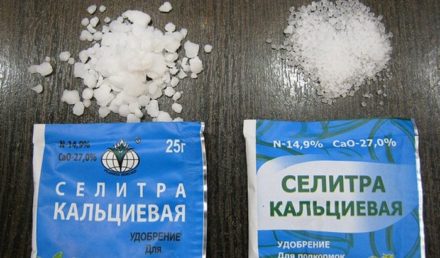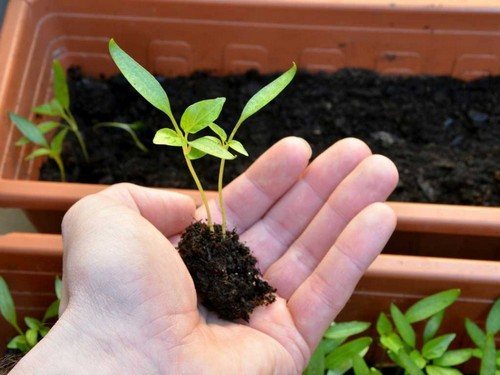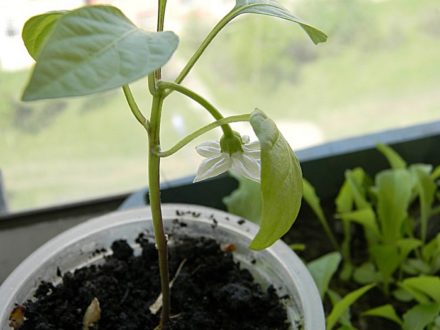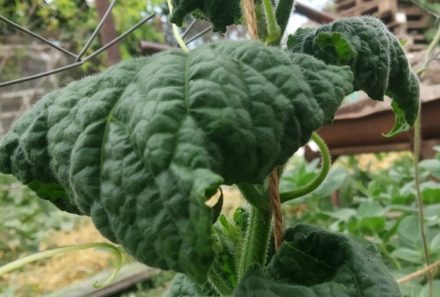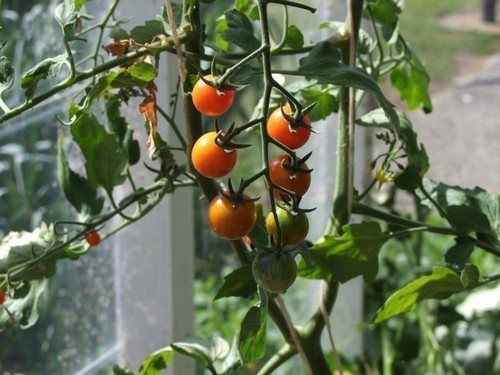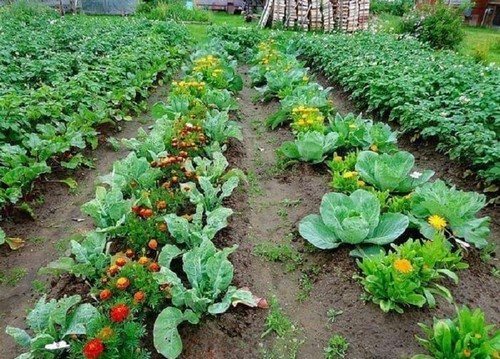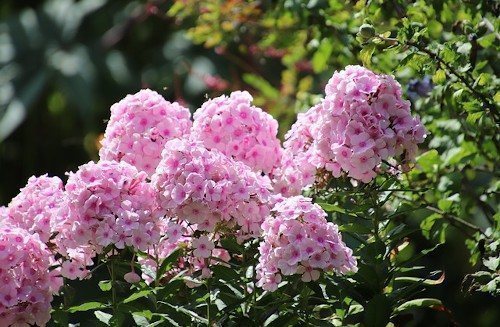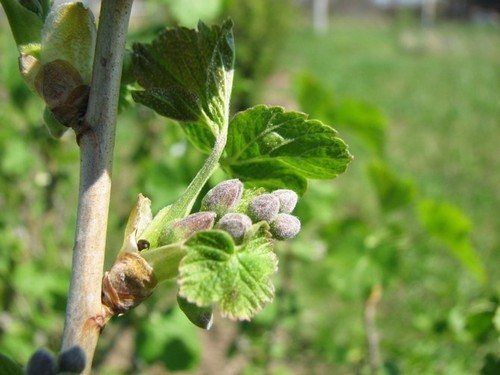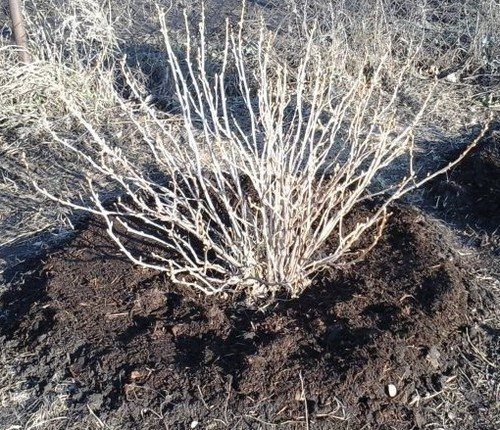Growing pepper seedlings, like any crop, requires compliance with all the rules of agricultural technology. But sometimes even experienced gardeners who comply with all agrotechnical standards, the leaves on the seedlings begin to curl. If inaction and failure to take measures, this threatens the loss of the harvest. Before you begin to treat the crop, you need to understand the reason that caused the deformation of the leaf plates.
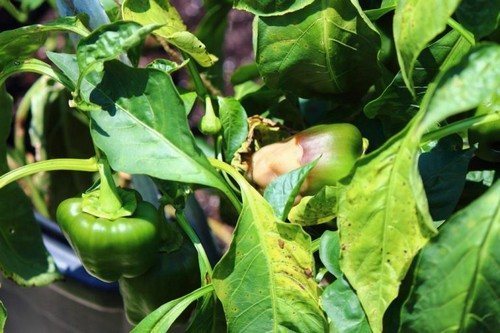
Causes of leaf curling
The first sign of deterioration in the condition of seedlings is loss of brightness of the leaves, slight yellowing. Then the leaf plates begin to change shape, twisting in different directions.
The reasons that cause the deterioration of seedlings can be very different - from harmless, which are easy to eliminate, to serious, which can lead to the death of the plant.
The most common factors that cause curling of pepper leaves are:
- lack of nutrition;
- developmental abnormalities;
- incorrect agricultural technology;
- viruses and pests;
- soil infection.
A thorough examination of the seedlings will help to detect the problem in time and establish the cause of the disease.
Lack of nutrients
The correct formation of leaves and stems of pepper depends on the amount of microelements necessary to feed the seedlings. A lack of potassium in the soil often leads to leaf curling. In this case, all leaves are deformed, regardless of location.
If the leaf plates not only curl, but also change color, this indicates a deficiency of other substances: phosphorus, magnesium.With phosphorus starvation, the foliage turns blue, gradually acquiring a dark purple, almost black color. A lack of magnesium leads to leaf blades turning pale and pink veins appearing on them.
Timely feeding with the necessary elements will help save the seedlings.

Developmental anomalies
The discrepancy between the size of the central vein and the lateral parts of the plate leads to a change in the shape of the leaf. The reason for this is the lack of light. Trying to replenish it, the vein running through the center accelerates growth. The side parts, developing much more slowly, cannot keep up with it.
The deformation affects only new leaves. The problem disappears when normal lighting is established or sunlight is replenished and does not affect the yield of pepper.
Agrotechnical errors
Pepper is a capricious crop. The slightest deviation from the rules of care has a negative impact on the seedlings. If the curling of leaves continues despite regular fertilizing and the absence of pest attacks, it means that the issue is non-compliance with the rules of agrotechnical measures.
Leaf deformation is caused by:
- lack or excess of moisture;
- non-compliance with temperature conditions;
- too close placement of seedlings, leading to a lack of sunlight;
- the formation of a hard crust on the soil due to lack of loosening.
Peppers need abundant but not frequent watering. He also does not like sudden temperature fluctuations. If the seedlings are planted too close to each other, you need to transplant the seedlings as soon as possible, otherwise they will drop all their leaves.
The crust that forms on the soil due to irregular loosening blocks the access of oxygen to the root system.Any of these factors leads to wilting of plants and curling of leaves.
Attacks of harmful insects
Great harm to seedlings is caused by attacks of pests. Most often, peppers are attacked by aphids or spider mites. This can be determined by the presence of additional signs accompanying the curling of leaves:
- the surface of the leaves is covered with a web or a whitish coating;
- leaf blades change color, becoming covered with spots or completely turning yellow;
- small holes appear.
Attacks of harmful insects prevent the normal development of photosynthesis and inhibit plant growth. If parasites are not eliminated, the leaves will fall off and the seedlings will die.
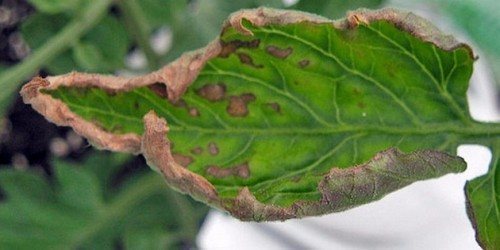
Soil infection
One of the main rules of agricultural technology is soil cultivation before sowing seeds. There are several ways to disinfect the soil: steaming with boiling water, baking in the oven or treating with a manganese solution.
Ignoring these measures leads to the creation of a favorable environment for the development of pest larvae. They can eat both the roots of plants and the above-ground part.
Viruses
Disinfection is required not only for the soil, but also for the seeds. Untreated seeds can cause the development of a viral infection - apical rot. Unbalanced nutrition, leading to weakening of plants, can also provoke infection of seedlings.
The disease begins with curling of leaves on the tops of seedlings. If no measures are taken, the virus will also affect the pepper fruits, on the surface of which wet rotten areas will appear.
Correctly carried out diagnostics will help save the seedlings.Frail young seedlings require urgent measures, otherwise the harvest may be lost.
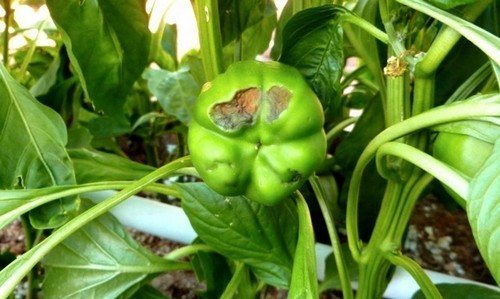
Methods for treating seedlings
Measures to save pepper begin with a visual inspection of the leaves of the plant. This will help to correctly determine the cause of the deformation and select the appropriate method to combat the pathology.
Damage to cotyledon leaves
After the formation of true leaves on the seedlings, the process of falling of the cotyledon leaves begins. They may fly around green or turn yellow and curl before falling. This is normal and does not affect the development of seedlings.
If the deformation affected the cotyledons before the appearance of real leaves, this indicates nitrogen starvation. The lack of nitrogen necessary for the formation of the root system forces the plant to take it from the cotyledons. The leaves curl and turn yellow.
The application of nitrogen-containing fertilizers (ammonium nitrate, ammonium sulfate) will help replenish nitrogen reserves. Fertilizing is carried out after watering, having previously diluted the fertilizer with water.
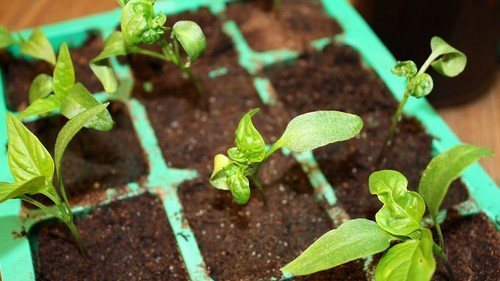
Boat twist
Folding the leaf blades into a boat indicates uneven growth. The tops of the shoots are mainly affected. The reason for this is lack of light. To even out the foliage, it is necessary to provide the seedlings with additional lighting using a fluorescent lamp installed at a distance of 45–50 cm from the sprouts.
The same pathology occurs due to a viral infection. This is determined by the presence of additional symptoms: the appearance of stains and a putrid odor.
You can fight blossom end rot using the following methods:
- Saltpeter (200 g) is dissolved in water (5 l) and the seedlings are sprayed.Treatment is carried out twice over 14 days.
- Onions (2 pcs.), Garlic (1 head) are ground in a meat grinder and diluted with water (5 l). Let it sit for a day, then spray the bushes once a week for a month.
Treatment started at an early stage will help save seedlings and the future harvest.
Rolling edges up
The leaf blades curl upward, the color of the leaves does not change due to a lack of potassium. In this case, the deformation affects all foliage, regardless of location.
To restore the balance of the missing element, peppers are fed with potassium fertilizers. This can be wood ash or potassium nitrate. Ash (2-3 tablespoons per bush) is added dry, then the ground is watered.
Potassium nitrate (1 tbsp) is dissolved in water (5 l), stirring thoroughly. The solution is applied an hour or two after the soil is moistened. The dose of the drug depends on the size of the seedlings.
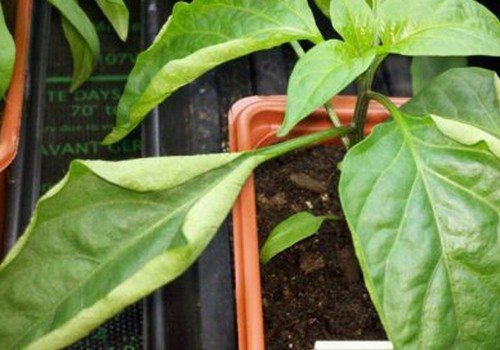
Rolling leaves down
Lack of moisture often leads to leaves curling down. At the same time, the leaf plates become sluggish due to a decrease in turgor. Abundant watering will help correct the situation.
If, in addition to deformation of the foliage, other symptoms (holes, spots) are present, this indicates an attack of pepper by pests. Insects can be seen by examining the underside of the leaf blades.
If the damage is minor, the pests are destroyed mechanically by removing them with a cotton swab soaked in a solution of laundry soap.
After this, the seedlings are further processed using folk remedies:
- Onion peels (1 cup) are immersed in boiling water (1 liter) for 5–7 minutes. After infusion for a day, the solution is filtered and the seedlings are sprayed every 4–5 days.
- Dried or fresh wormwood is crushed (0.5 cups), poured with boiling water (1 l), and left for 10 hours. Process the pepper three times every 7 days.
- Chopped garlic (1 head) is dipped in boiling water (5 l) and left to steep for 10 hours. Spray the pepper 2-3 times every 6-7 days.
The soil under the seedlings is watered with a solution of potassium permanganate to get rid of the spider mite larvae hiding among the roots.
If the lesion has spread over a large area, then treatment with insecticides cannot be avoided.
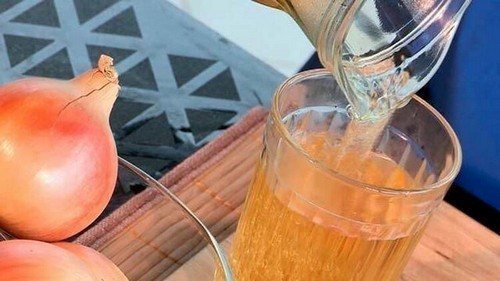
Deformation of the upper leaves
If the lesion affects only the upper leaves, this indicates errors in care. You need to check the air temperature, which may be too high. Dry air can also cause moisture loss and leaf curling.
In this case, it is enough just to ventilate the room. To increase humidity, install a humidifier or spray the pepper with a spray bottle.
Taking preventive measures will help avoid the problem of leaf curling on pepper seedlings. When choosing planting material, preference should be given to varieties that are resistant to many diseases. Seeds and soil must be disinfected, and after seedlings appear, they must be properly cared for.
If the damage does affect the seedlings, identifying the causes and timely treatment will help save the plant and grow healthy and strong seedlings.


